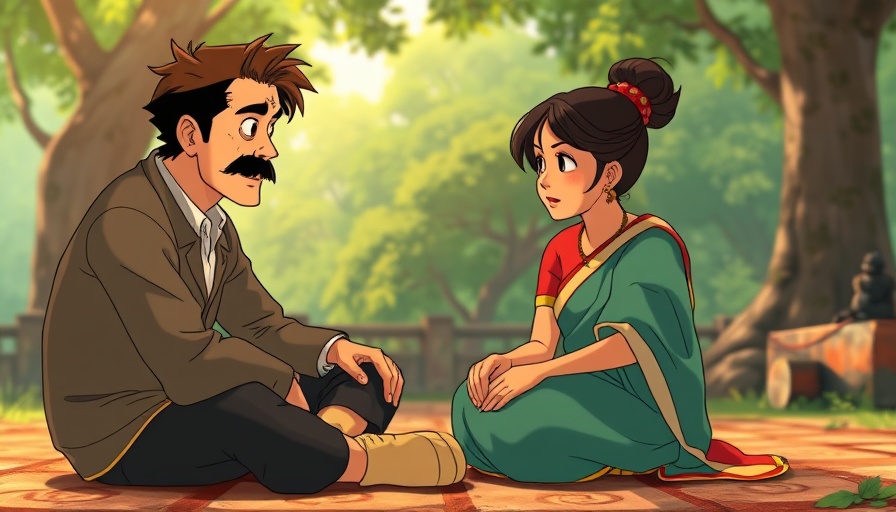
Understanding the Ghibli Trend in AI Art Generation
The surge in popularity of AI-generated Ghibli-style artwork reflects a wider trend in technology where creativity meets algorithms. Leveraging tools like OpenAI's ChatGPT, users have transformed their photos into whimsical art pieces, reminiscent of Studio Ghibli's enchanting style. But as the saying goes, not all that glitters is gold. This trend surfaces significant privacy concerns that users often overlook.
The Privacy Risks Behind AI Artwork
Proton, a privacy-focused email service, has shed light on a troubling matter: the sharing of personal images with artificial intelligence models can lead to risks involving the misuse of those images. Many users contribute their photos without fully understanding the potential implications. What happens when these images enter a system that learns and interprets personal data?
The danger of data breaches is real, as misuse of such images could result in unintended consequences — from identity theft to unauthorized portrayals of individuals. Users must consider that once shared, they may lose control over how these images will be utilized or represented. Privacy settings can often be complex and may not guarantee safety, highlighting the importance of understanding the platforms one is interacting with.
Trends in AI and Their Broader Implications
This Ghibli trend encapsulates both the fascination with technology and the pressing need for responsible digital interactions. As AI becomes increasingly integrated into artistic expression, users should reflect on how they engage with these technologies. The allure of transforming personal memories into art can overshadow the responsibility of protecting one’s own privacy, making it essential to educate oneself about the tools used.
Learning from Misinformation and Privacy Failures
Individuals must also be aware of the misinformation that circulates around AI technologies. Many users may be tempted to take part in the growing phenomenon of AI-generated art without grasping the risks involved—a scenario not uncommon as new technologies emerge. Without proper guidance, many might find themselves sharing too much personal data unwittingly. The Ghibli example serves as an illustrative cautionary tale: what appears innocent could lead to privacy infringements.
Counterarguments: The Positive Potential of AI
Amidst the warnings, it's crucial to recognize the positive implications of AI, particularly in the creative sector. AI-generated art can democratize creativity, allowing individuals who may lack traditional artistic skills to produce compelling works. Furthermore, engaging with these technologies can forge new pathways for collaboration and inspiration. Thus, while caution is necessary, dismissing AI's potential entirely overlooks the opportunities it presents.
Practical Steps for Safe Engagement
For those captivated by the idea of sharing imagery with AI, basic precautionary measures can empower safer interactions. Limiting the type of images uploaded, ensuring clear privacy settings, and understanding the terms of service on the platforms are essential steps. Educating oneself about the legalities of data usage can also shed light on what rights users maintain over their shared content.
The Path Forward: AI with Responsibility
As AI continues to evolve, so too must our approach to its integration into daily life. Balancing creativity with caution is paramount; users should embrace artistic innovation while safeguarding their personal information. Cybersecurity continues to evolve, but recognition of personal responsibility is equally important as technology progresses.
 Add Row
Add Row  Add
Add 




 Add Row
Add Row  Add
Add 

Write A Comment